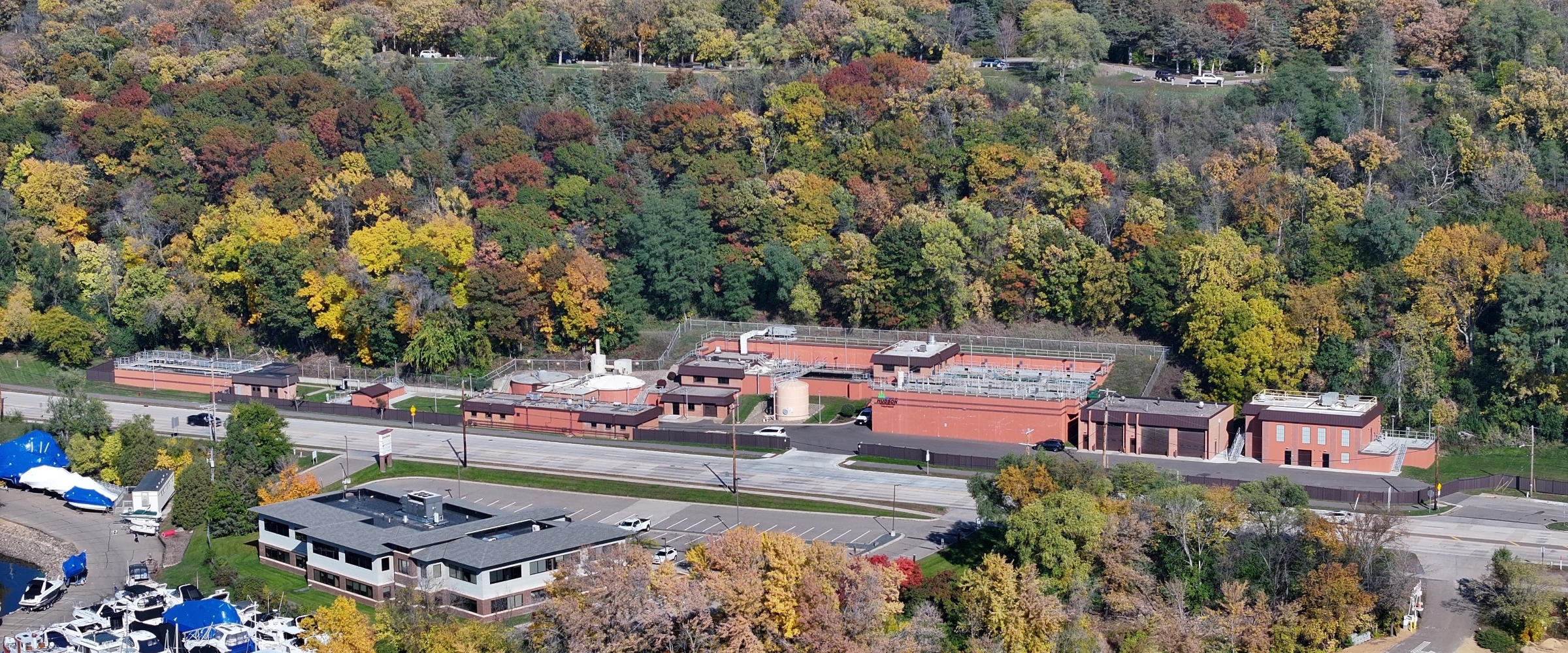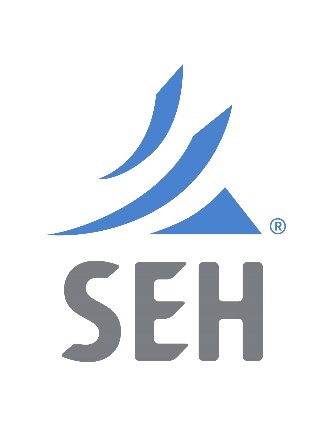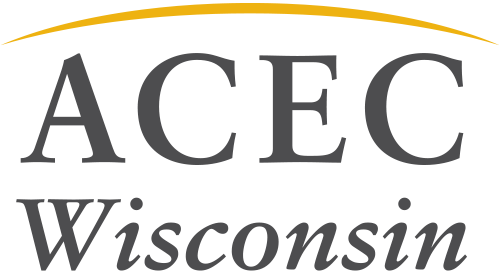Sustainable Renovations at the Hudson Wastewater Treatment Plant

Written by: Caleb Weber, PE & Jeremiah Wendt, PE, Short Elliott Hendrickson Inc.
![]()
Public utilities often face significant asset management and capital improvement decisions. And at the heart of these decisions is the obligation to benefit the public, maximizing the financial investment and improving quality of life. By making decisions that benefit the budget, the people, and the environment, these asset management and capital improvement decisions can be truly sustainable.
An Investment Crossroads
The City of Hudson faced this type of decision at their wastewater treatment plant (WWTP). As maintenance costs increased and equipment continued to age, the question was: Should the City invest in the existing wastewater treatment plant, or should a new treatment plant be built elsewhere?
Originally constructed in the 1950s, with major upgrades in 1980 and 2000, the current WWTP site is nestled between a bluff, highway, and residential and commercial development. As the City grew and effluent limits tightened, the available space to expand the facility was effectively used up. Since portions of the WWTP were 70 years old and most equipment was past its useful lifecycle, action had to be taken.
Strategic Renovations
Through a facility planning process, the City determined that with strategic renovations the existing WWTP, designed for 2.2 mgd average flow, could meet the City’s growth and treatment needs for the next 20 year planning cycle and beyond. Aligning the WWTP improvements with the City’s long-term strategic vision ensured the City was making a wise investment.
The major aspects of the renovation project included:
- A new pretreatment building to replace the existing pretreatment
- A new UV disinfection channel to replace the existing chlorine contact tank
- Replacement of the dissolved air flotation sludge thickening equipment
- Aeration basin equipment replacement
- Final clarifier equipment replacement
- Pump replacement throughout the WWTP
- LED lighting conversion
- Mechanical system replacements
- Odor control system replacements
- Site-wide painting
Apart from maximizing the public’s dollar by utilizing as much existing infrastructure as possible, the renovation included key operational and environmental upgrades:
- The new UV disinfection system minimized the use of chlorine gas on site and allowed the hydraulic line to increase above the 100-year flood elevation – helping improve climate resiliency and reducing the risk of untreated wastewater discharge during large flood events.
- The existing pretreatment static screens and grit removal were in a cramped room that required manual power washing – the new pretreatment building greatly improved the operational safety of the pretreatment system.
An Appealing, Sustainable Future
While wastewater plants are critical components of a community’s infrastructure, remaining inconspicuous is typically what the public and the operators prefer. With the Hudson WWTP adjacent to historic downtown Hudson, it was important to blend into the background. This included replacing and improving the odor control systems, painting the exterior surfaces to match National Scenic Riverway standards, and installing a visually appealing fence around the perimeter.
Overall, the Hudson WWTP improvements project sought to maximize public dollars, improve quality of life, and protect the environment. By strategically renovating the WWTP at the existing location, these goals were met. And with the project complete, the City is set up for a sustainable future of wastewater treatment.
About the Guest Bloggers
Caleb Weber, PE, is a Project Engineer at SEH and was the RPR and project engineer for the Hudson WWTP 2020 Improvements project.
Jeremiah Wendt, PE, is a Senior Project Manager and Regional Leader at SEH with 20 years of experience in planning, design, construction, and operation of wastewater treatment facilities.
SEH, a long-time ACEC member, is an employee-owned engineering, architectural, environmental, and planning company dedicated to helping clients find answers to complex challenges. Our 900-plus employee-owners share a core purpose: Building a Better World for All of Us®.

